South Asia is home to some of the most dynamic yet least integrated economies in the world. The interregional trade of South Asian countries is a mere 5 percent as opposed to the towering 25 percent ASEAN trade value. The inter-regional investment is even bleaker at only 1 percent of the total investment. The two elephants in the room here are of course India and Pakistan, and their turbulent history.
According to the World Bank “limited transport connectivity, onerous logistics and regulatory impediments” coupled with the lack of trust among South Asian countries constitute the primary factors for making intra-regional trade more expensive than trading with countries elsewhere. All these factors are above and beyond the tariff and non-tariff barriers implemented as economic policy, to protect domestic industries or to simply nudge foreign policies a certain way. If we take a closer look, we will find all these factors at play between India and Pakistan, and then some.
The current trade between India and Pakistan is valued at $2 billion and is estimated to have a potential of $37 billion. It is noteworthy that the political turmoil and upset relations have not been very effective in changing the overall trade figures between the neighbors, which continues despite episodes of rising and falling tensions.
The interesting part, however, is that most of these barriers exist on official, documented trade. When it comes to illegal Indian Dish TVs in Pakistan for instance, the authorities have seized at least 11,651 illegal Direct to Home (DTH) and C-line equipment from various parts of the country during past two years. Same is the case with Indian embroidered Saaris, Indian Black Tea and also some technological equipment found openly in the low-end markets of Pakistan. From the other side of the border, gold prices have traditionally been lower in Pakistan than in India, and there have been numerous instances where Indian authorities seized Pakistan’s gold. And this has been the case since independence of both countries.
The problem, then, is not in logistical difficulties; rather it is the lack of availability of opportunities for human interaction and mobility that is necessary to promote inter-regional trade in South Asia, especially between the two neighbors.
The trade between India and Pakistan is, and has always been, much below their full potential. There have been some measures taken from both sides of the border in yester years to overcome the trust deficient and other non-economic policy barriers but the results have been less than promising. In 2012, for instance Pakistan made a policy to permit all items to be imported from India except for a few items was expected to bring about a quantum increase in India’s exports. Similarly, India’s efforts to address the Non-Tariff Barriers (NTBs) were expected to lead to an increase in Pakistan’s exports to India. In December 2018, opening of Kartarpur Corridor also gave hopes of improving bi-lateral relations and reduce trust deficit paving the way for higher economic integration. There have been some instances of “Cricket diplomacy” as well.
The Indo-Pak rivalry finds its ways even in the most unexpected of means. The Wagha border ceremony and the displays of one-upmanship by the soldiers of both countries is a spectacle worthy of watching for more than just its national significance. Even the uniforms donned by the army generals of both countries have been the subject of much debate on social media, with Pakistanis paying a lot of attention to the skewed hats of Indian army uniform.
Then there is Cricket. It is perhaps the biggest platform available to nationals of both countries to express their emotions for their neighboring country. With World Cup in full swing, there is no shortage of passionate, fiery, and over-excited posts all over social media. With recent controversy of Indian Cricketer MS Dhoni supporting Indian Military’s insignia on his cricket kit glove, the forefront backlash from India came as pictures of Pakistan’s flag on Pakistani players’ uniforms as it is also on Pakistan Army’s uniforms. Needless to say, that the people of these two countries don’t need a sound argument, or even anything resembling an argument, to wage digital wars against each other. The interesting part, however, remains another side of the story where Cricket diplomacy also came in handy for India and Pakistan to improve their relations.
However, there is an opportunity here. As said earlier in this article, the black economy does not seem to be deterred by the statements of politicians of either country. There is no dearth of affection by people of both countries for each other – Pakistani’s love for Indian cinema and Indian’s admiration for Pakistani actor Fawad Khan or a Pakistani blue-eyed tea boy are just two examples of dozens. Who can forget the celebration of Pakistani cricketer Shoaib Malik marrying Indian tennis player Sania Mirza. As the cricket war goes on over social media, the picture of Malik and Mirza’s adorable son is also being touted as a living example of what India and Pakistan can produce when they come together – again not something following logic or rationale, but befitting to gain attention of the denizens of both countries.
When the nationals of both countries meet outside the geographical boundaries of India and Pakistan, there is a lot more similar than different among them. I myself have had the good fortune of meeting my Indian counterparts on two separate occasions – a Model United Nations competition in Aitchison College Lahore and a South Asian economic integration summit in Dubai. In the MUN competition my bonding with Indian delegates began over a slice of vegetarian pizza, while during the summit I and my fellow Indian journalists shared a cup of tea over discussions of border skirmishers between India and Pakistan. Upon my return to Pakistan, which was delayed because of air space being closed due to tensions with India, the first call I got asking for my safe return happened to be from an Indian journalist.
The point being, that the potential for improving relations – especially economic – between India and Pakistan does not reside with the government, rather it is with the people. A blog published on World Bank Group website on March 28, 2019 says, “Our research shows that if South Asian countries lifted man-made barriers, intraregional trade could triple and unleash greater prosperity for all.”
“What we weren’t prepared for, however, was the overwhelmingly positive response the report received across the region. Government officials, members of the private sector, civil society, and particularly young people we met with were eager to learn more about how their countries could improve trade relations with their neighbors.” The article highlights the Pakistani nationals brimming with passion after the initiation of Kartarpur border corridor to improve bilateral relations, while Indian students and even Commerce Minister appeared eager to explore every possibility that leads to improvement in India’s trade potential with South Asia.
In a nutshell, the key to improving Indo-Pak relations might after all reside in providing more opportunities for the people of both countries to come together. It can be done by way of South Asian summits, student exchange programs, or even smaller but frequent media campaigns allowing for more cohesion and opportunities for discourse.



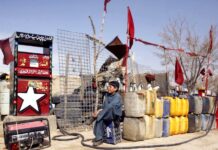

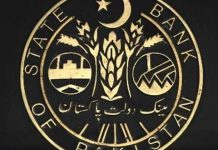






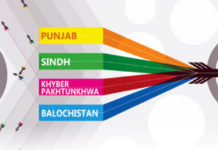






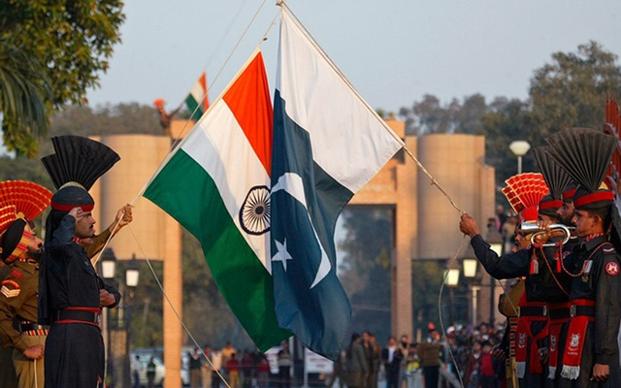
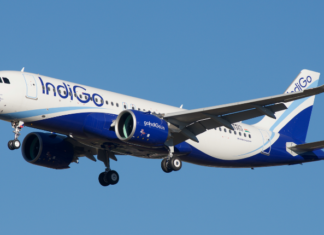



[…] 2nd place – Syeda Masooma, Pakistan Today: “People, not politicians, are the key to Indo-Pak economic integration” […]
[…] 2nd place – Syeda Masooma, Pakistan Today: “People, not politicians, are the key to Indo-Pak economic integration” […]